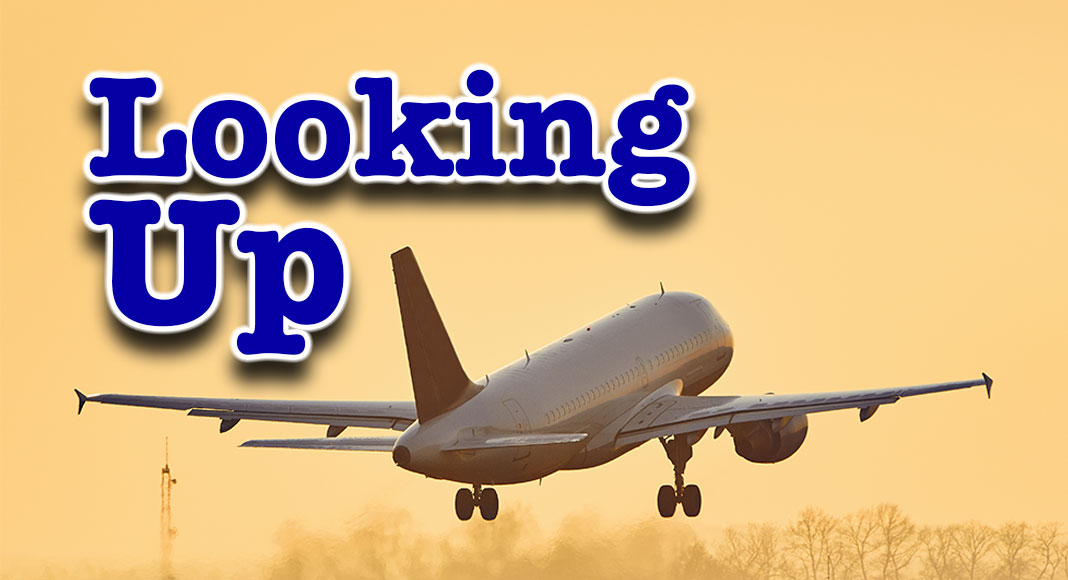
Texas Border Business
Air travel was one of the hardest hit industries when the COVID-19 pandemic and the resulting shutdowns occurred in the spring of 2020. Things are looking up but continue to be well below pre-pandemic levels. The recent weekend of cancellations and delays illustrates one aspect of the ongoing challenges.
Total US airline traffic plummeted from about 78.9 million passengers in February 2020 to just 3.0 million in April (according to the US Bureau of Transportation Statistics). Numbers have been recovering, but total passengers were still only 73 million in July 2021 (the latest available data) which is about 15% lower than July 2019 (86.5 million), but almost three times the July 2020 level.
International travel has naturally been slower to recover with various restrictions and requirements, and it remains decidedly below pre-pandemic levels for travelers through the US. Globally, 1.8 billion passengers flew in 2020, a decrease of 60% compared with the 4.5 billion passengers in 2019.
The summer of 2021 was supposed to bring a return to more normal conditions, but the Delta variant and rising cases caused some slowing in the recovery. Things are looking better now, with vaccination rates up and the recent surge beginning to subside. The US has now reduced restrictions on inbound international travel, and airlines are adding flights back to the schedule, although workforce and logistical issues abound.
Looking ahead, it may be a couple of years before global passenger numbers attain pre-pandemic levels. The International Air Travel Association projects that the number of global travelers will be 52% of pre-COVID-19 levels for 2021, with 88% recovery next year. The effects are expected to linger, and expectations for 2030 remain about 7% below the pre-pandemic forecast.
Air cargo was also dramatically affected. During the worst of the crisis, most commercial planes were grounded as travel was halted. A large portion of air cargo volume is usually shipped on passenger planes; and without these flights, airlines converted planes for purely cargo use. Despite capacity constraints, the industry reacted quickly to distribute personal protective equipment (PPE), essential goods, and vaccines. Boxes were literally strapped into seats to speed distribution.
Going forward, air cargo is likely to remain a growth leader for the industry. Global trade is projected to expand substantially in the coming decades, with all modes of transport enjoying higher demand. The rapid responsiveness of air cargo is a natural fit for the e-commerce segment of retail, which expanded dramatically in importance through the pandemic.
Despite a healthy federal stimulus, airlines have struggled to deal with the pandemic and its aftermath. Travel is trending and even accelerating in the right direction, but is unlikely to shatter the sound barrier anytime soon. Stay safe!
______________________________________________________________________
Dr. M. Ray Perryman is President and Chief Executive Officer of The Perryman Group (www.perrymangroup.com), which has served the needs of over 2,500 clients over the past four decades.

















